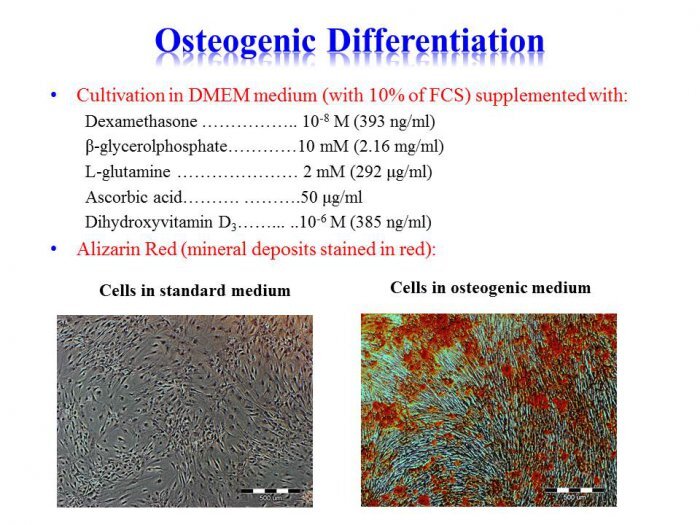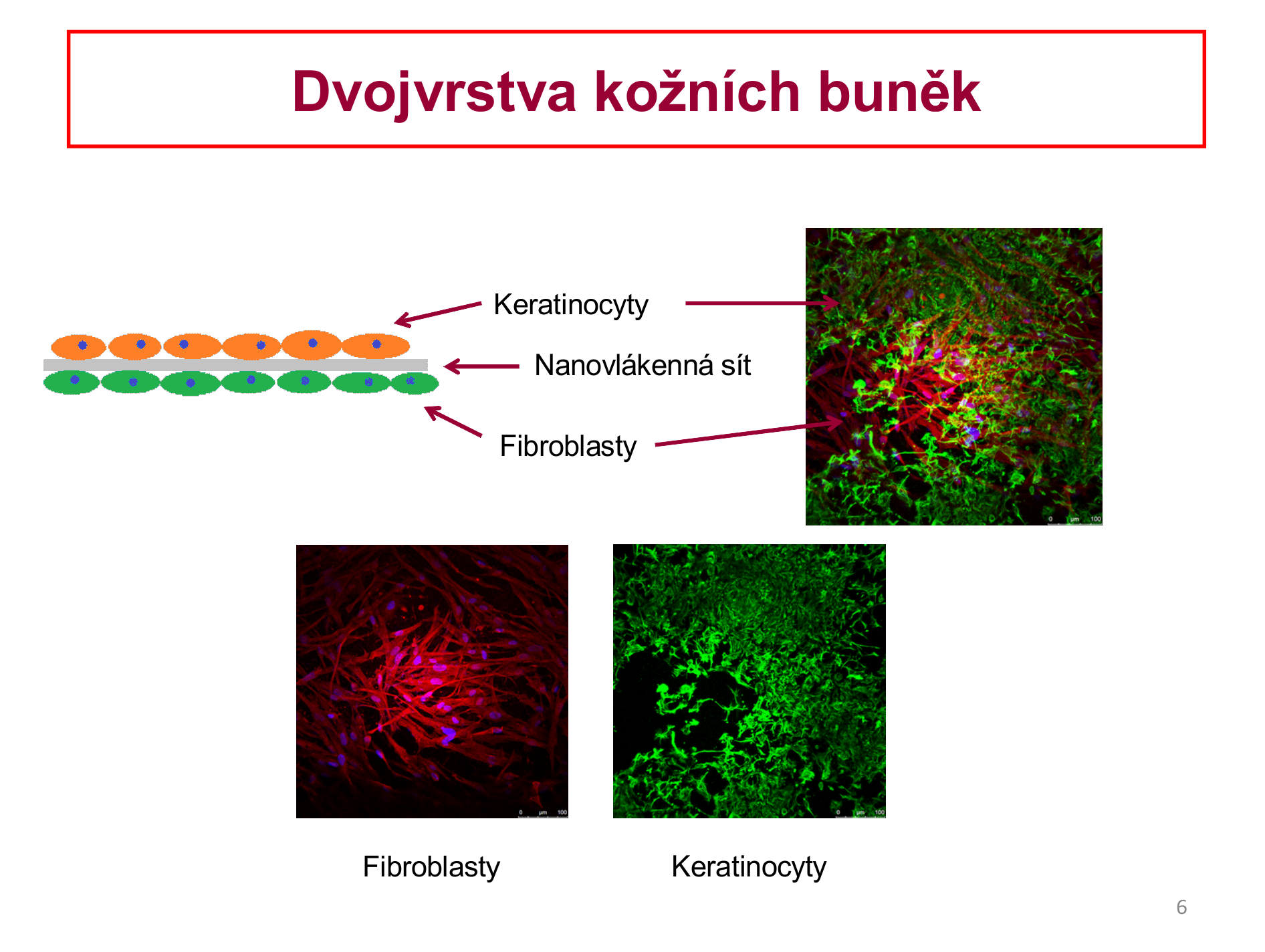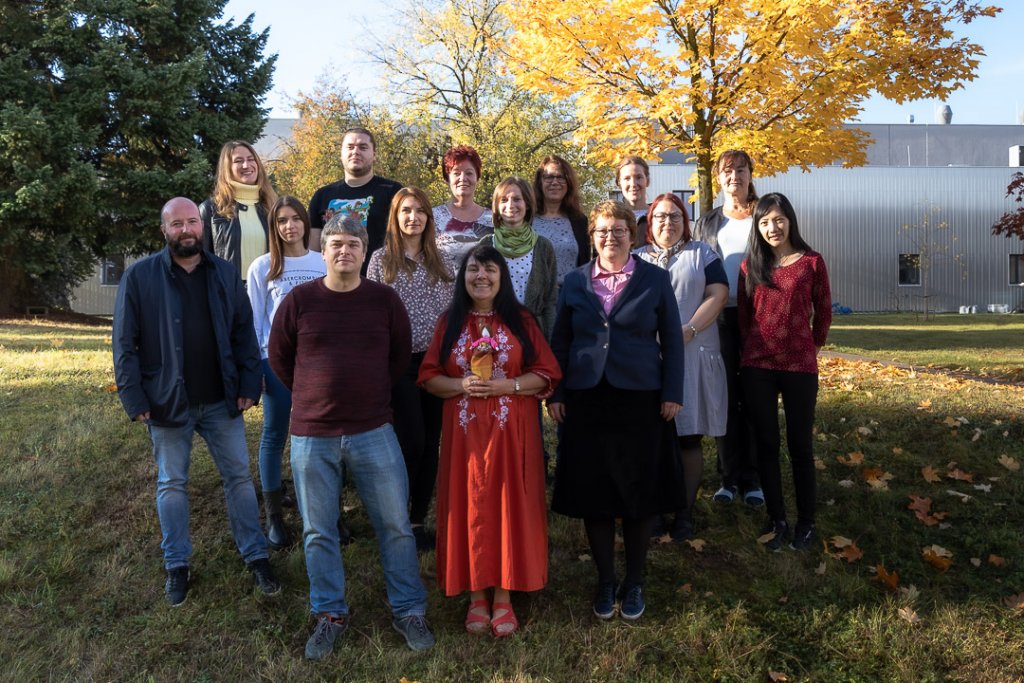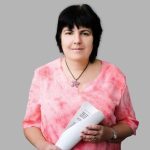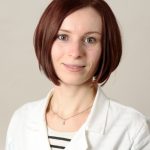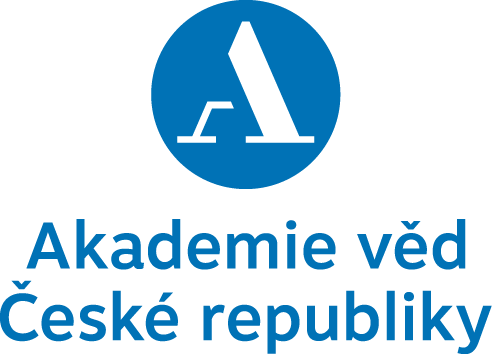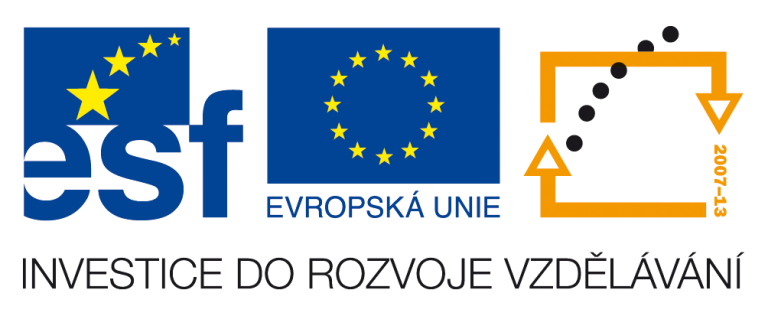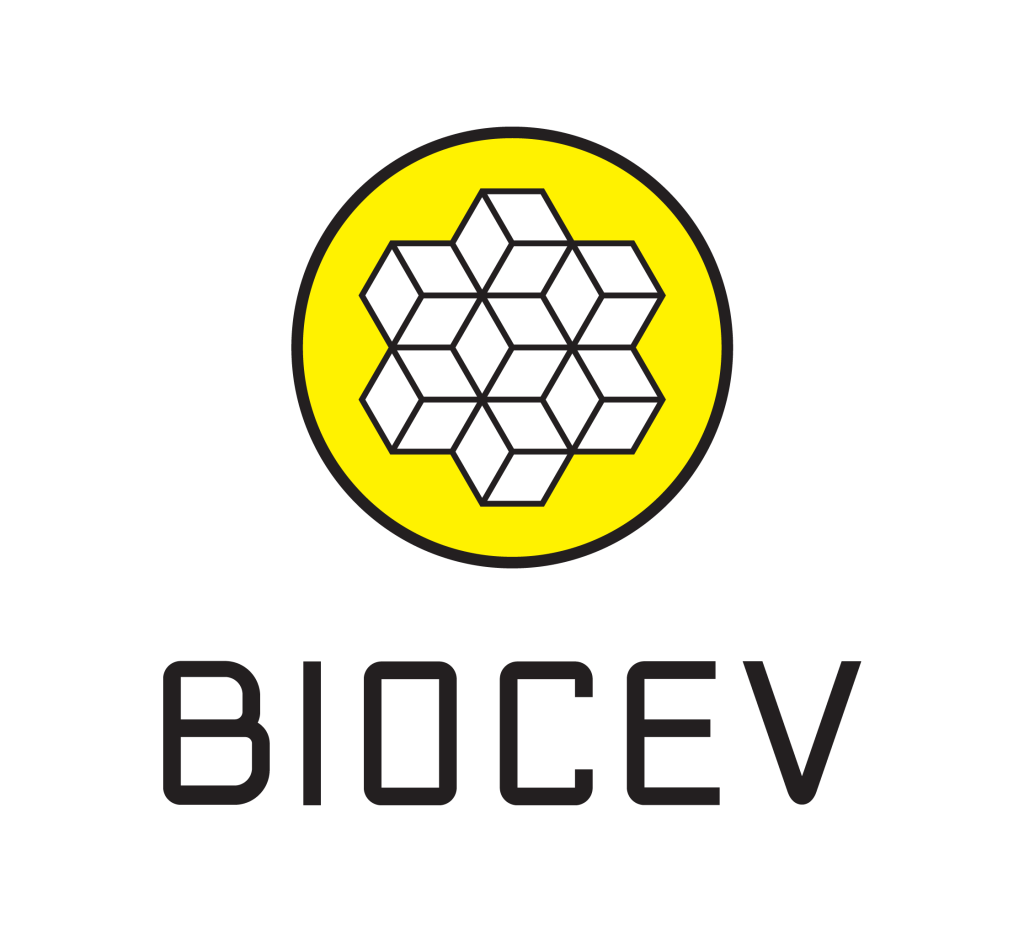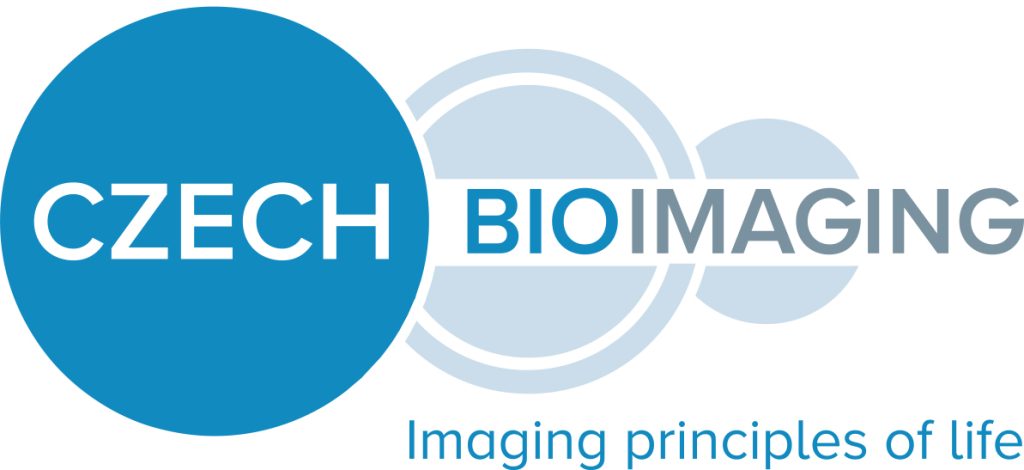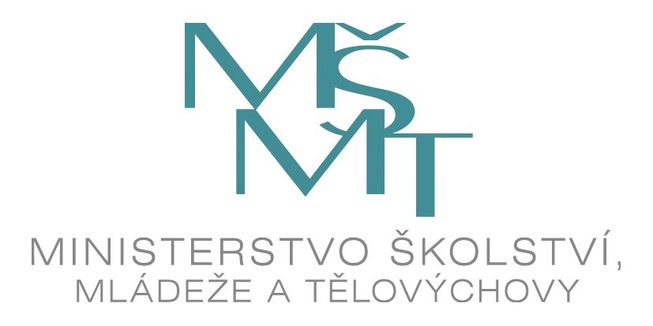Laboratory of Biomaterials and Tissue Engineering
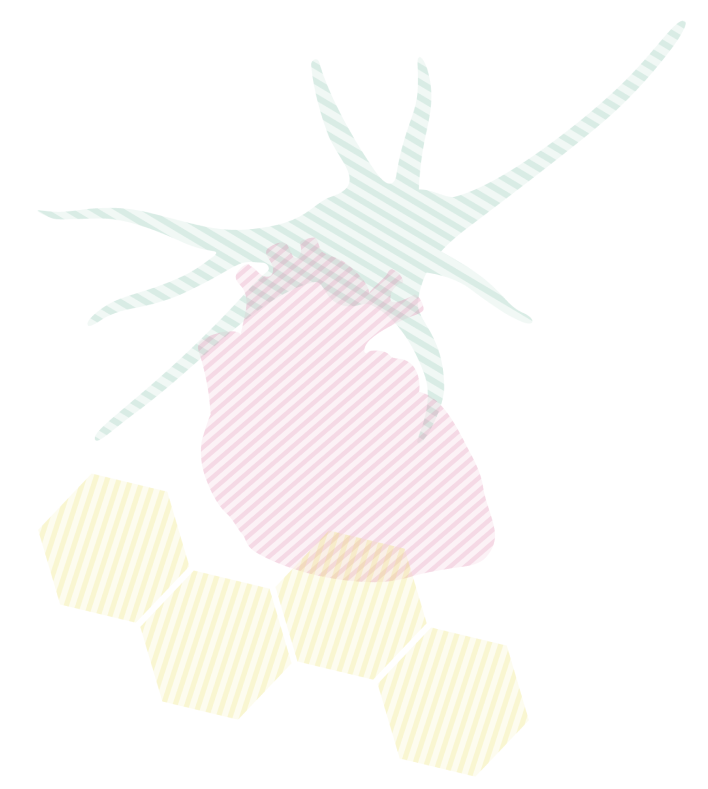
Content of this page

About the Laboratory
What is a tissue replacement?
Irreversible damage to various vitally important tissues and organs, such as blood vessels, heart valves, bones, joints, cartilage or skin, is a serious and frequent consequence of the lifestyle of the contemporary civilized society. It is associated with various metabolic disorders and also with traffic, sport and industrial accidents. Hereditary disorders, wear and aging of the organism also play an adverse role.
When prevention, conservative treatment and surgical interventions fail, it is necessary to replace the damaged tissue. Autologous tissue, i.e. the patient’s own tissue, is still considered to be the “gold standard” for tissue substitution. However, autologous tissue is usually available only in limited quantities, and acquiring the tissue burdens the patient with additional surgery and donor site morbidity. For this reason, increasing attention is being paid to artificial materials that serve as scaffolds for reconstructing the damaged tissue.
The main tasks of our laboratory are:
- to improve currently-used synthetic tissue replacements by introducing cell and other biological components
- to construct completely new replacements on the basis of synthetic materials and cells
- to achieve these two goals, we carry out studies on the molecular mechanisms of cell behavior on synthetic materials, such as the adhesion, growth, differentiation and viability of cells on artificial materials, together with studies on potential damage and immune activation.
Projects
Achievements
Isolation and culture of stem cells of the adipose tissue
Differentiated cells grow slower and have a limited viability in cell culture conditions. Isolation of differentiated cells from the patient does not eliminate the problem with other additive operations and damage of the other tissues of the patient. For example, for obtaining endothelial or the smooth muscle cells for reconstruction of blood vessels must remove part of subcutaneous veins from the patient. Stem cells from the patient’s body can be obtained still more simply, e.g. blood sampling (endothelial progenitor cells), puncture bone marrow of the bone tissue under the skin, e.g. from the hip bone, liposuction of fat tissue. Therefore, in collaboration with Hospital Motol we try to differentiate adipose stem cells into vascular or bone cells for the colonization of our constructs.
Skin tissue engineering
Construction of the bilayer structure of human keratinocytes (the main cell type of the epidermis) and fibroblasts (the main cell type of the dermis) to nanofiber membranes of polylactide.
Bačáková M, Musílková J, Riedel T, Stránská D, Brynda E, Žaloudková M, Bačáková L. The potential applications of fibrin-coated electrospun polylactide nanofibers in skin tissue engineering. International Journal of Nanomedicine. Roč. 11 (2016): 771-789, 2016, IF = 4.320
Bačáková M, Lopot F, Hadraba D, Varga M, Žaloudková M, Stránská D, Suchý T, Bačáková L. Effects of fiber density and plasma modification of nanofibrous membranes on the adhesion and growth of HaCaT keratinocytes. Journal of Biomaterials Applications. Vol. 29 (6): 837-853, 2015,IF = 1.988
Publications
Behuliak; Michal - Bencze; Michal - Boroš; Almoš - Vavřínová; Anna - Vodička; Martin - Ergang; Peter - Vaněčková; Ivana - Zicha; Josef Chronic inhibition of angiotensin converting enzyme lowers blood pressure in spontaneously hypertensive rats by attenuation of sympathetic tone: The role of enhanced baroreflex sensitivity. Biomedicine & Pharmacotherapy. 2024; 176(July); 116796.
IF = 6.9
Tesař; Karel - Luňáčková; J. - Jex; M. - Žaloudková; Margit - Vrbová; R. - Bartoš; M. - Klein; P. - Vištejnová; L. - Dušková; J. - Filová; Elena - Sucharda; Zbyněk - Steinerová; Marie - Habr; Stanislav - Balík; Karel - Singh; A. In vivo and in vitro study of resorbable magnesium wires for medical implants: Mg purity; surface quality; Zn alloying and polymer coating. Journal of Magnesium and Alloys. 2024; 12(6); 2472-2488.
IF = 15.8
Vavřínová; Anna - Behuliak; Michal - Vodička; Martin - Bencze; Michal - Ergang; Peter - Vaněčková; Ivana - Zicha; Josef More efficient adaptation of cardiovascular response to repeated restraint in spontaneously hypertensive rats: the role of autonomic nervous system. Hypertension Research. 2024; 47(9); 2377-2392.
IF = 4.3
Sedlář; Antonín - Vrbata; David - Pokorná; Kateřina - Holzerová; Kristýna - Červený; Jakub - Kočková; Olga - Hlaváčková; Markéta - Doubková; Martina - Musílková; Jana - Křen; Vladimír - Kolář; František - Bačáková; Lucie - Bojarová; Pavla Glycopolymer Inhibitors of Galectin-3 Suppress the Markers of Tissue Remodeling in Pulmonary Hypertension. Journal of Medicinal Chemistry. 2024; 67(11); 9214-9226.
IF = 6.8

